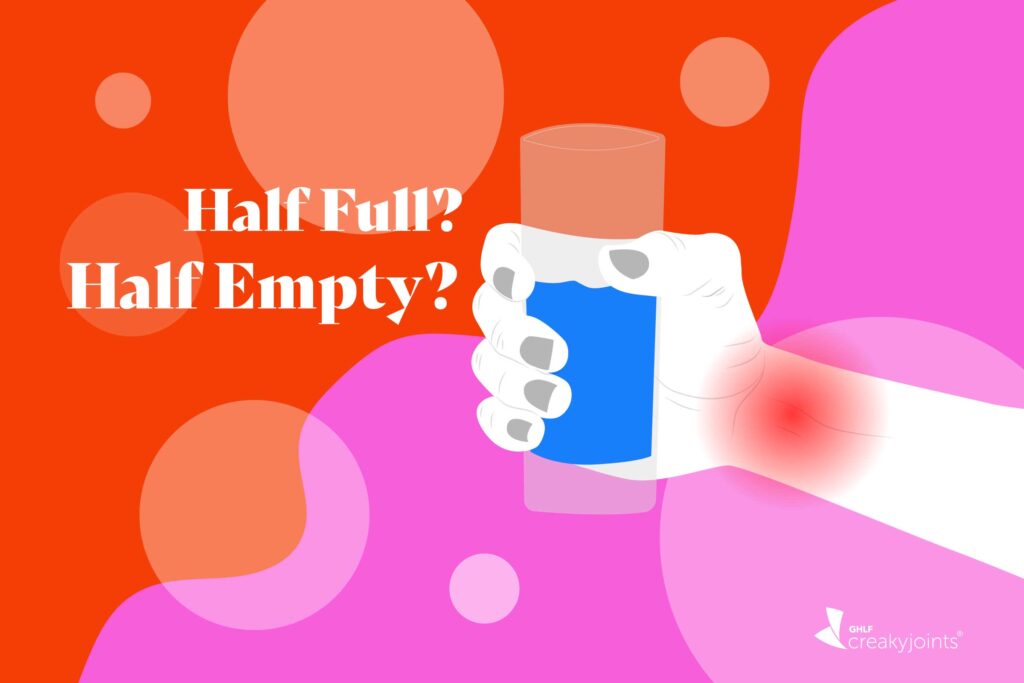What was your Lyme disease journey like?
In 1998, I had a very classic case of Lyme disease: flu-like symptoms, achiness, and fatigue. I got diagnosed and treated, and it seemed to go away. Fast-forward to the fall of 2006, I was working really hard. I was really run down and stressed out. All of a sudden, my hip started hurting. I used to do a lot of whitewater kayaking, and I couldn’t sit my kayak anymore. I started crashing on my mountain bike. I had trouble with quick-response coordination moves. My wrists hurt. I started to have back pain. This was all over a period of about five months. Each month, another symptom just added on. I was going to an orthopedist at the time, and he said, “You’re 45. What do you expect? Of course, you hurt!” And I’m like, “But it didn’t hurt a month ago, and I am not prepared to accept life like this.”
I got tested for Lyme disease and was negative initially. That doctor told me I don’t have Lyme and wanted to send me to a rheumatologist. Then I’m eight months into it—fatigued, barely able to exercise anymore. I was certain I had Lyme disease. I went to see a new doctor who thought that I may have Lyme and agreed to treat me, but he did not treat me long enough. I entered a period of confusion: I was better but not right; I was treated, and he said I would be fine, but I wasn’t.
After 8 months of not knowing what to do, I finally went to see a doctor in Upstate New York, almost a year after my original diagnosis, and she said, “You’re as positive for Lyme as can be. You need to be treated aggressively.” I did really well on antibiotics and going into a hyperbaric oxygen chamber for 45 straight days. That was probably among the best I ever felt. But as soon as I stopped, I relapsed.

I went on to spend years with different doctors, different treatments, trying alternative strategies, and going back and forth between medical doctors and a naturopath. Nothing seemed to get me over the hump. Then I got into the pattern of dealing with what used to be annual springtime relapses. I’d go back on treatment, and by fall or early winter, I’d feel really good, but it would come back every spring. In 2011, in the midst of the above, I lost my son Stephen to a wilderness accident, dealing a devasting blow to the entire family and my mental and physical health. The medical practitioners that I was working with at the time told me I could never heal from Lyme until I came to terms with the grief. You never overcome it; you just have to learn to live with it. This would not have been possible without the extraordinary support of my wife, daughter, and close friends.
In 2020, I relocated to Colorado and started with a new doctor who started with a fresh look at my situation. She put me on disulfiram for 10 months. I was basically good for two and a half years. Probably the best I’ve been in a while and the longest without a relapse. I had time to deal with some other things that were never dealt with properly: mold and heavy metals. Then in October 2022, I realized some of the old symptoms had started creeping back one at a time. I’m restarting disulfiram now, and though it’s been difficult, I can already feel that the symptoms that I was dealing with over the last six months are just melting away.
Why does staying physically active despite having chronic Lyme disease matter so much to you?
When you have chronic Lyme disease, you want to keep your life moving forward, which is important for your mental health. Being active for me is an essential part of my being. I believe you’ve got to be able to maintain the things that drive you, that motivates you, that are essential to you—whatever they are. You’ve got to be able to keep living.

Before this all started, I used to go mountain biking with a group of friends every Sunday morning. And I used to call that my church. When I got into the woods and was on my bike, I didn’t think about anything else. It was like meditation to me. Nothing at work could bother me. I was just focused on being in the woods with my friends, cracking jokes, or whatever we were doing. It was so important to my mental health to do that and be with those guys every week. I would be in bad shape if I just took the medication and sat home for months—that wouldn’t b good for my mental health.
There’s a lot of talk about the power of the mind and your body being able to heal itself. In my stage of life, I read a lot about healthy aging and how important exercise and social relationships can be. And I think all those factors are just as important to someone healing from Lyme regardless of their age, just for their mental health and the well-being of their body.
This is where the support of family and close friends becomes essential. I could not have managed this journey without the unending support of my wife and daughter. It’s impossible to do alone. Aging is like a slow-motion deteriorating disease. Effectively, it’s your body breaking down gradually. And all the ways we talk about strengthening the body are part of healing from a chronic disease.
What have you learned from your experiences with chronic Lyme disease?
I describe this journey for people with chronic Lyme disease as finding a needle in a haystack. You have to find the right medication or that specific debilitating condition that’s blocking your healing, whether that’s co-infections or heavy metals or mold. It’s a journey of finding the right partner in a doctor. Never give up—perseverance is key. The nurse practitioner that I work with out here, when I told her I wanted to go back on disulfiram and the reason, just said to me, “You know your body best; I will support you in that.”
Making your body as strong as possible to help fight this debilitating disease is key. That means finding the optimal diet for you, sleep, I can’t emphasize that enough, and movement in whatever form you can tolerate.
I’ve had so many different neuromuscular conditions that I think have been caused by Lyme disease that I’ve had to work through. That’s where the coordination issues come in. Knee pain and back pain are very common for people, and most of it is very biomechanical. These are issues I never had until my Lyme journey started. I had to retrain my body, and I’ve learned so much about the mechanics and how the body works and what muscles are supposed to fire. In a way, I had to relearn how to use my legs and my back, which were impaired by Lyme, so I wouldn’t have such severe pain.
My point of that is you really need to study and learn your body. And as much as most doctors have good intentions, you need to find someone to partner with. And you need to help guide them as much as they need to help guide you. The more information you have and the more specific feedback you can give, the better they’ll be able to help you.
In addition to being a Lyme warrior and adventurer, Bob Forster has been in the Real Estate industry for 26 years and financial services for 31 years. He is also a member of Project Lyme’s Board.
 Most people recognize Bob Forster as an adventurer who posts on Facebook about his experiences mountaineering and back-country skiing in exotic places from Alaska and Canada to Argentina, Russia, Japan, Europe, and beyond. These outdoor activities are so physically demanding that those who don’t know Bob and see his updates are shocked to find out that he has chronic Lyme disease, often wondering, “How could that person be sick?”
Most people recognize Bob Forster as an adventurer who posts on Facebook about his experiences mountaineering and back-country skiing in exotic places from Alaska and Canada to Argentina, Russia, Japan, Europe, and beyond. These outdoor activities are so physically demanding that those who don’t know Bob and see his updates are shocked to find out that he has chronic Lyme disease, often wondering, “How could that person be sick?”



